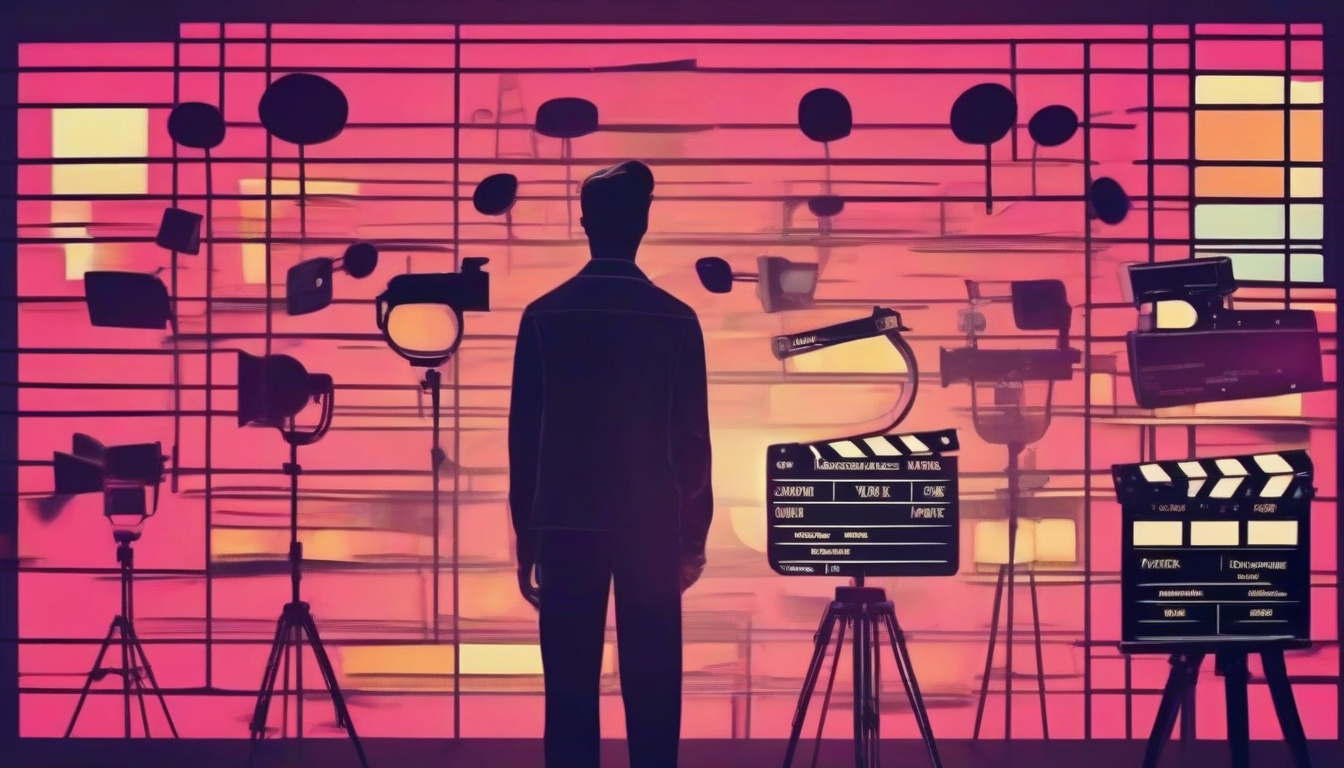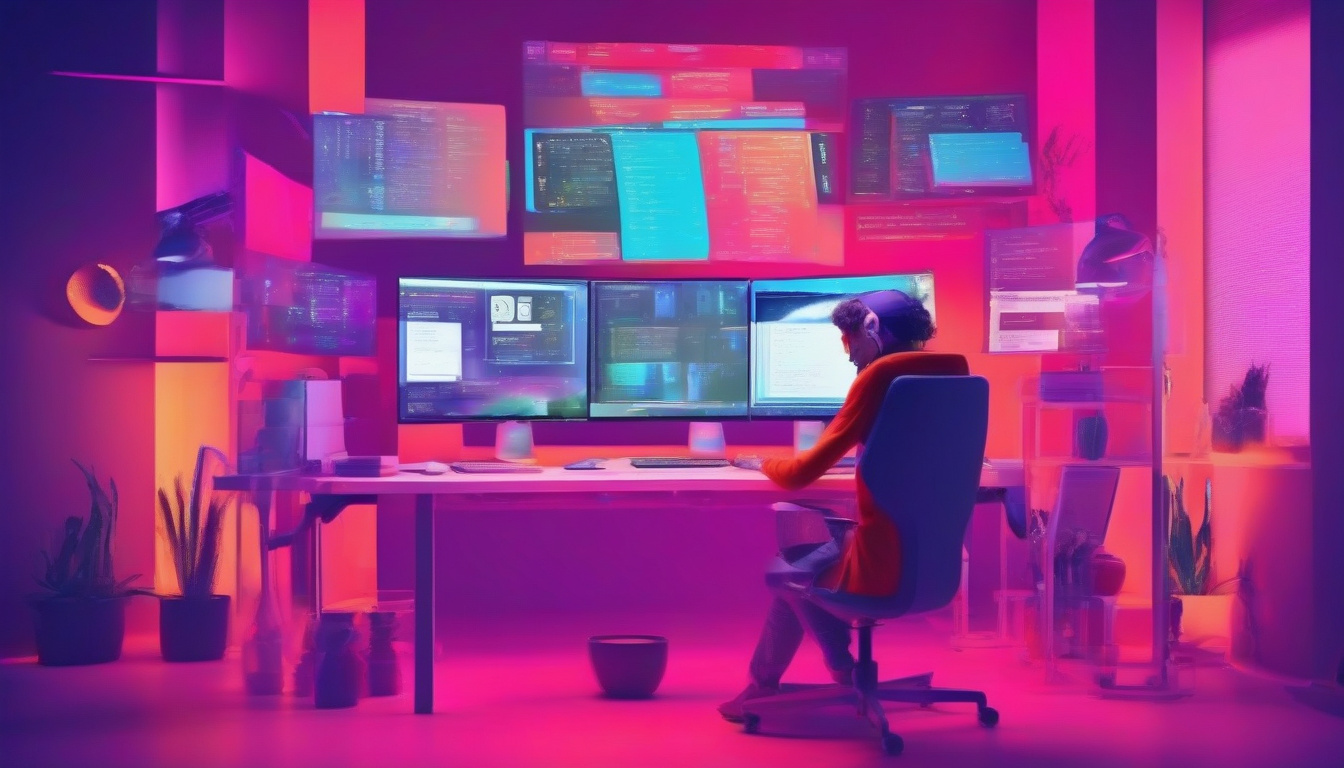
Film directing techniques are essential tools for any aspiring director to master. Whether you’re just beginning your journey in the filmmaking world or looking to refine your skills, understanding these techniques can elevate your storytelling and visual impact. From managing actors to framing shots, the art and craft of directing involve a blend of creativity, leadership, and technical know-how. This article explores key film directing techniques every budding filmmaker should embrace today to create compelling cinematic experiences.
Understanding Film Directing Techniques: The Foundation of Effective Storytelling
At its core, film directing is about telling stories visually and emotionally. Mastering film directing techniques means learning how to translate a script into a vivid, dynamic visual narrative. This encompasses everything from shot composition to pacing, actor direction to post-production decisions. By honing these skills, directors can control the film’s tone, mood, and viewer engagement.
Essential Film Directing Techniques to Master
To help aspiring directors build a solid foundation, here are some critical techniques that should be integrated into daily practice:
1. Shot Composition and Camera Angles
Controlling the camera’s perspective shapes the way viewers interpret a scene. Directors choose angles and compositions that communicate emotions, emphasize characters, or highlight thematic elements.
- Close-ups: Intensify emotions and draw focus to characters.
- Wide shots: Establish setting and spatial relationships.
- Low-angle shots: Convey power or dominance.
- High-angle shots: Imply vulnerability or weakness.
Experimenting with these angles helps tell the story visually without relying solely on dialogue.
2. Storyboarding and Previsualization
Planning scenes through storyboards or animatics allows directors to visualize sequences before shooting. This preparation helps save time and resources by clarifying the director’s vision for each shot and transition.
[h2]3. Working with Actors[/h2]
Effective communication and collaboration with actors are vital. A director must understand how to bring out authentic performances through clear direction, empathy, and understanding character motivation.
4. Pacing and Blocking
Directing the rhythm of a scene by adjusting pacing and actor movement (blocking) influences audience engagement. Tight pacing can build tension, while slower moments allow for emotional reflection.
5. Lighting and Color Theory
Though cinematographers handle the technical lighting, directors must understand how light and color affect mood and storytelling. They may work closely with the lighting team to achieve the desired visual tone.

6. Sound Design Awareness
Sound is indispensable in filmmaking. Directors should appreciate how dialogue, ambient noise, and soundtrack blend to enhance immersion and emotional impact.
Mastering the Art of Collaboration
Film directing is not a solitary task; it’s about effective collaboration. Directors must lead multiple departments—camera, lighting, sound, acting, editing—to execute their vision seamlessly. Strong leadership qualities and communication skills are fundamental. Encouraging creative input while maintaining control over the final product balances collaboration with decisiveness.
Film Directing Techniques Checklist: Step-by-Step Approach
To structure your directing process, consider the following checklist for each project:
- Script Analysis: Understand themes, characters, and story arcs thoroughly.
- Visual Conceptualization: Create mood boards and storyboards.
- Casting: Select actors that embody your characters.
- Rehearsals: Work with actors to develop genuine performances.
- Shot Planning: Decide on camera setups and angles for each scene.
- Set Collaboration: Communicate with the crew regarding lighting and sound.
- Directing on Set: Manage pacing, actor direction, and shot execution.
- Review Footage: Assess dailies for consistency and effectiveness.
- Post-Production Involvement: Oversee editing, sound design, and color correction.
- Final Review: Ensure the completed film aligns with your vision.
Advanced Film Directing Techniques for Experienced Filmmakers
Once foundational techniques are mastered, aspiring directors can explore more advanced practices:
- Long Takes and Tracking Shots: These demand precision coordination from the entire crew and can create immersive cinematic moments.
- Nonlinear Storytelling: Manipulating narrative structure challenges audiences and adds depth.
- Use of Symbolism and Visual Metaphors: Employ subtle imagery to convey deeper themes.
- Meta-direction: Blending styles, breaking the fourth wall, or experimenting with perspective to innovate storytelling.
Why Mastering Film Directing Techniques Matters
Film directing techniques impact not only the visual appeal of a project but also its emotional resonance and clarity. Directors who command these techniques bring scripts to life in ways that captivate and move audiences. According to the American Society of Cinematographers, directors who deeply understand visual language facilitate smoother collaboration with cinematographers, resulting in richer imagery and storytelling (source).
Frequently Asked Questions About Film Directing Techniques
Q1: What are the basic film directing techniques I should learn first?
Start with shot composition, working with actors, and directing pacing. These fundamentals allow you to effectively communicate your vision and guide the storytelling.
Q2: How can I improve my ability to work with actors?
Building rapport, clearly explaining character motivations, and encouraging improvisation within boundaries help actors perform naturally and convincingly.
Q3: What’s the role of storyboarding in film directing techniques?
Storyboarding is crucial for planning visual sequences in advance, saving production time, and ensuring everyone understands the director’s creative intentions.
Conclusion: Take Your Directing Skills to the Next Level
Mastering film directing techniques is a continuous journey that cultivates both your artistic eye and leadership capabilities. By investing time in learning composition, actor collaboration, pacing, and technical awareness, you empower yourself to craft impactful stories that resonate deeply with audiences. Start applying these essential film directing techniques today to bring your cinematic visions to life. Your next great film awaits—take the director’s chair and lead the way!






